Author // Emily Rozmus Wednesday, 04 October 2023
As a digital library, INFOhio practices curation daily. Whether writing a blog post or selecting resources to share for a professional development session, we choose the best content for the intended audience. The wealth of information, especially digital, makes curation a necessity in schools. Information and digital tools abound and can cause confusion, overstimulation, and weariness. But, as library consultant Anita Brooks Kirkland says in her article, Teacher-Librarians as Content Curators: Strong Contexts, New Possibilities, “curation is about connecting the dots–making sense of information and putting it into meaningful context.”
As Ohio’s PreK-12 digital library, transforming learning with the quality digital content we license and purchase is a mission INFOhio takes seriously. However, procuring these resources is only the first step. To meet the needs of students, parents, and educators, we must also carefully consider the best placement of new and existing resources and tools on our site.
To do this, INFOhio gathers input from content providers and education partners to help us think about each resource’s purpose, primary users, typical use, and ease of access. With these considerations in place, we optimize the display of resources through the grade-level buttons.
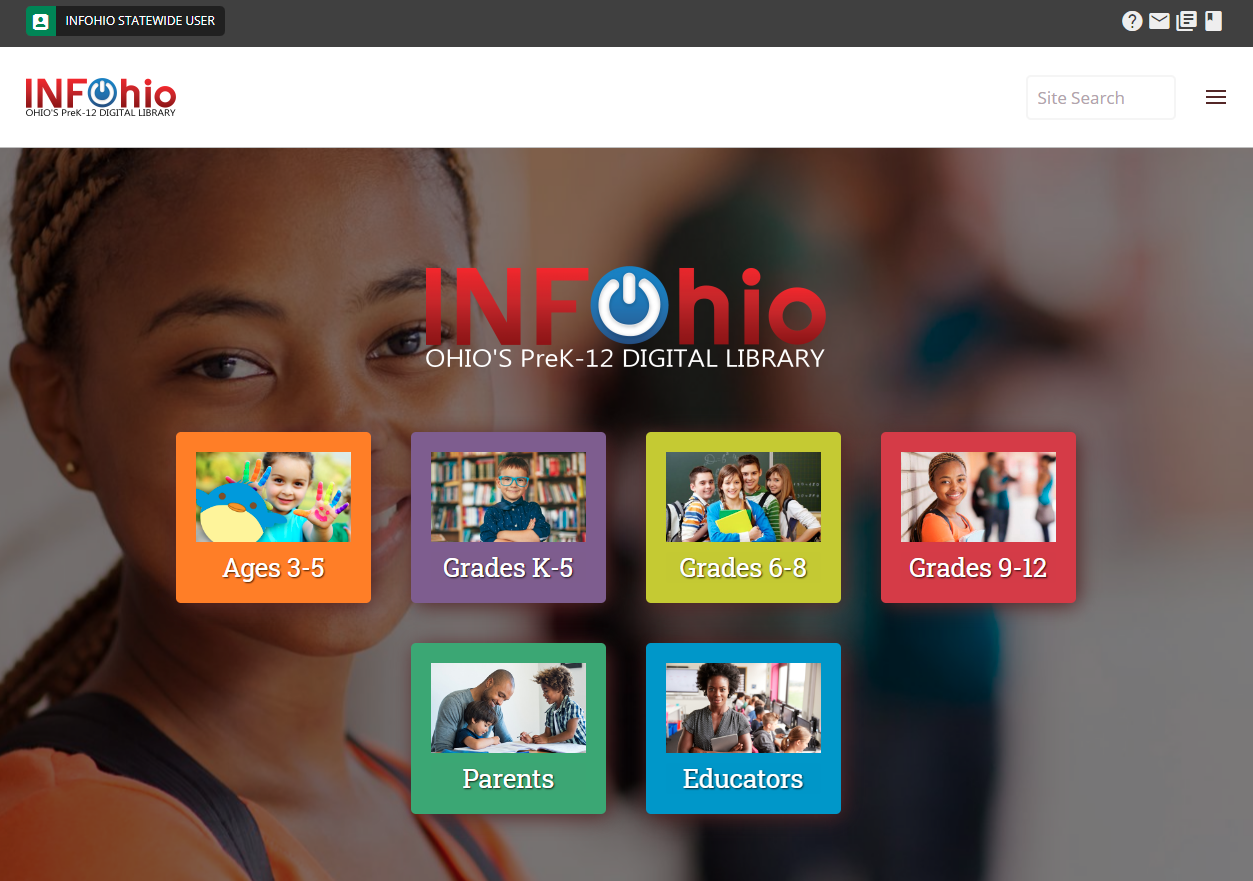
The resources appearing on each of those pages will be of the most use to the most users. The grade-level pages make it easier for students to find the resources most likely to meet their needs. The goal is to make it easy for educators and their students to find the right resources to meet learning needs. As a statewide resource, this path is the best way for us to ensure we are providing access to quality content for each child.
But what about a local point of view? Ohio is a local control state. That means individual schools and districts govern and manage using elected individuals. People from the community make the decisions for their students based on what they know about their needs. INFOhio recognizes that educators who work with students daily know more about what resources or approaches will work best for teaching and learning. We recommend and support educators in guiding and modeling the use of the best resource for an individual or group of students.

Educators use INFOhio resources to help students master early reading and math skills, establish background knowledge, and learn research skills that students need for college or the workforce. They not only guide students to the INFOhio resources that will best meet their needs, but they also help students learn how to evaluate that information to determine legitimacy and fit. To support students in using INFOhio’s resources, educators often must look beyond the grade bands to find the best materials. As experts in their students’ needs, educators are essential in choosing the right instructional materials.
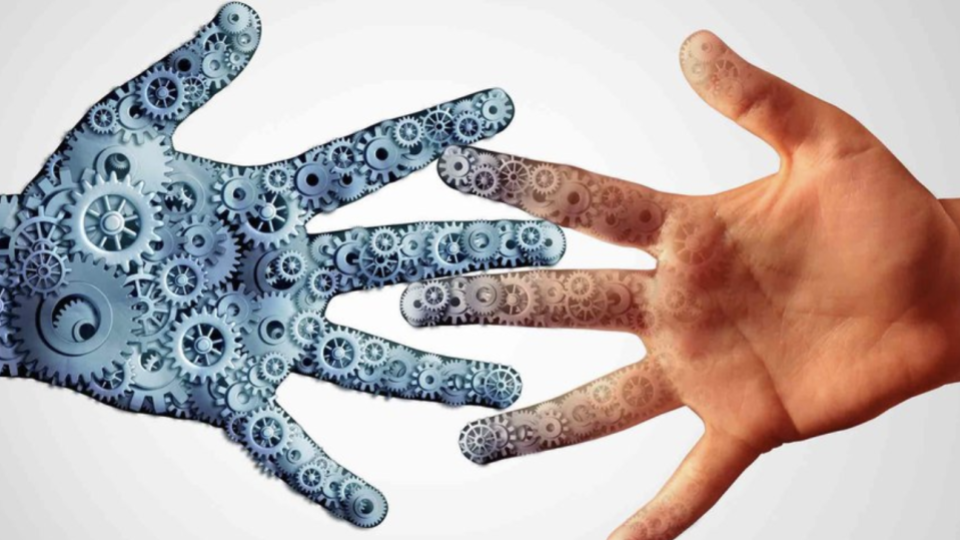
INFOhio encourages Ohio educators to curate INFOhio’s instructional materials. Curation is the human touch–the personal and informed evaluation, selection, and collection of the best resources to meet students' needs.
Curation is a key part of personalized learning. The Ohio Personalized Learning Network defines personalized learning as instruction that empowers students to take ownership of their learning. When educators curate instructional materials and content, they are helping learners overcome obstacles, prepare for future success, and accelerate their learning.

Many educators may be curating content without realizing it. A classroom library is a curated collection of titles that are of interest to students and accessible to meet needs. Educators may curate resources or activities to support building background knowledge for a topic or concept. These curated collections, like a museum exhibit, are meant to meet specific needs. Often, they go beyond that and develop community. The context of a curated collection supports relationships in a classroom or learning environment. The students who use the classroom library or participate in collected activities now have shared experiences. Curating is about caring. Using these collections develops students who can trust each other and the adults who have built them.
The best curation will not only “connect the dots” by putting information in context to make sense of it, but it also helps them understand who they can trust for information. Presenting students with the grade bands on the INFOhio website is an invitation to find information. At a basic level, they can recognize where to go to find resources. But, when the educator presents them with a personalized list to help an individual or group of students make sense of the information or solve a problem, relationships are built.
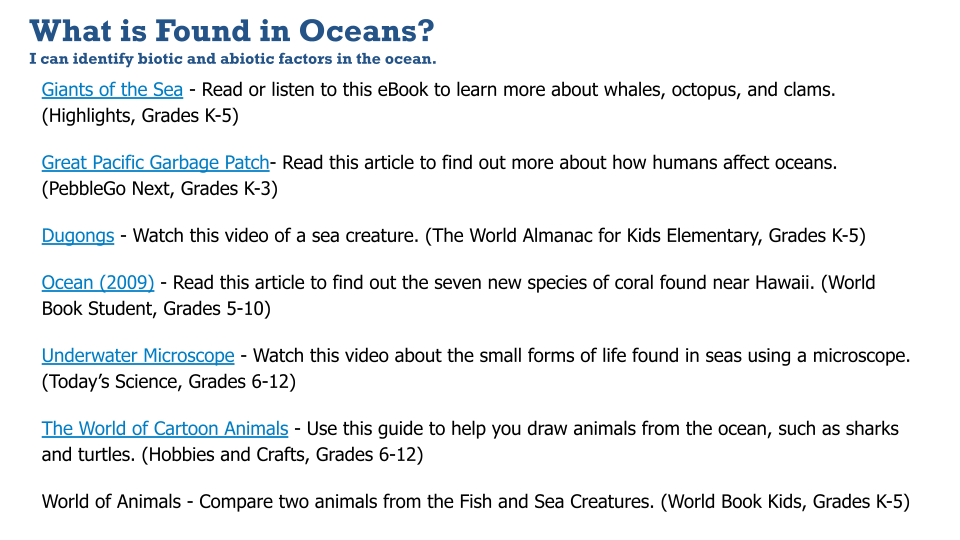
This curated list of resources to support a fourth-grade science standard builds an understanding of a concept using resources from INFOhio–beyond the grade-level buttons. These eBooks, videos, and interactives can both scaffold and extend learning. Different types of media help provide additional roads to understanding. Materials at a variety of levels can be important as well. As a state-wide organization, INFOhio wouldn’t put Today’s Science in the K-5 grade button. But that doesn’t mean that educators who know their students’ needs shouldn’t explore the resources beyond the grade band to personalize the information their students need.
With curated collections, learners connect to each other, the educator, and the content. Building context and understanding comes when educators give them the right materials to start with. They become the “opposite of a search engine”(Kirkland). Students' most trusted resource—teachers—are putting the best and most relevant before what’s most popular. That’s the human touch of curation.
When educators create curated collections personalized for their students, they are not only a gatekeeper, they are also a gate opener. Educators open up possibilities to students that may not be available without curation. Curation is a valuable tool for students, allowing them to build research skills, work with others with common interests to build networks, and extend learning beyond the classroom. Curated collections build on prior knowledge to support understanding of new ideas or concepts. Placing the content in context is an important part of the process. This is how educators model for students the ways information in all types of media can and should be used for learning.

Think of curation for personalized learning as “synchronizing a community” (Kirkland). This moves learners from information-seeking to making sense to knowledge building. Taking these steps will help you make a list of content to tell a story, just as a collection of artifacts in a museum case brings the ancient user back to life.
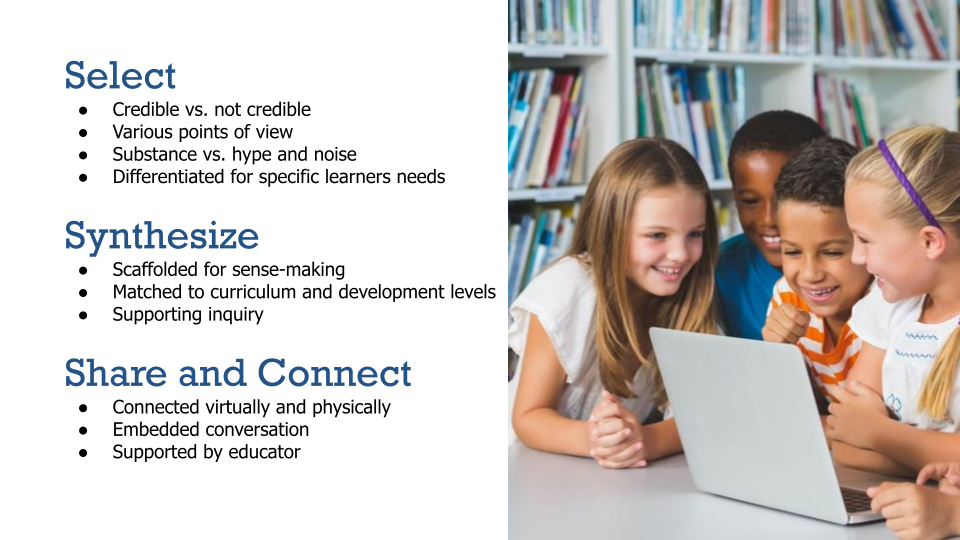
The first step is selecting. High-quality instructional materials are essential for student success. When choosing content to supplement instruction or extend learning, educators should consider materials to support each child. The curriculum will support Tier 1 students, but to meet the needs of all Tier 2, it is important to seek and select high-quality instructional materials such as those from INFOhio.
When synthesizing, educators create the pathways for learning. They build the scaffolds, matching content with the curriculum and students' needs. Curating builds new knowledge and encourages inquiry and exploration.
Sharing and connecting content makes learning a shared activity, and in today’s world, it requires both digital and in-person platforms. As life-long learners, students who learn from curated content will thrive from shared experiences supported by a caring educator.
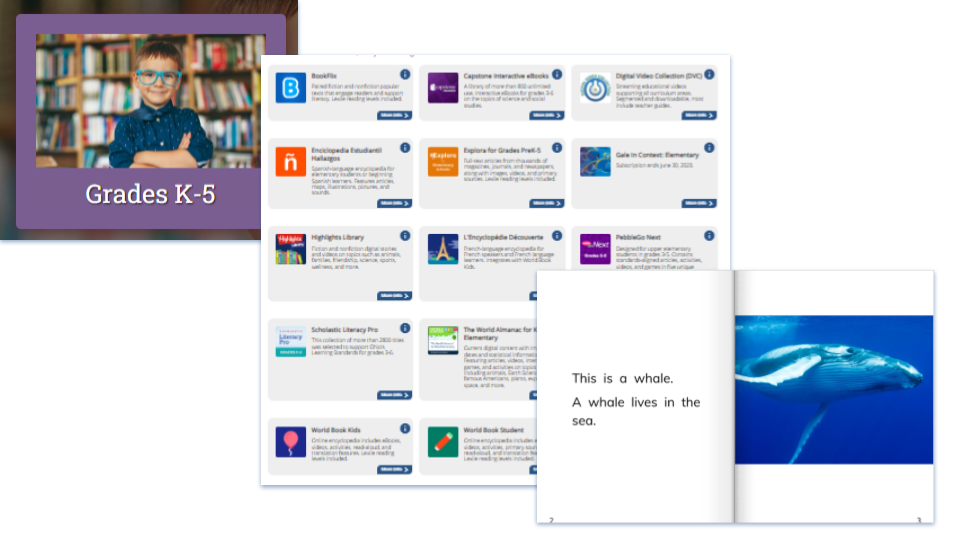
INFOhio’s resources contain thousands of instructional materials to support student learning. The next step is putting the best content into context containers to build knowledge for students. This is the role of the educator who knows these students best.
Look for additional Teach With INFOhio Blog posts in this Curating Content for Student-Centered Learning series to explore tools and exemplars for the best ways to synthesize and share with your students. In addition, learn to curate for everyday teaching and learning.
Emily Rozmus is a Senior Instructional Specialist at INFOhio. She has worked in education for more than 30 years, first as a secondary English teacher and district librarian before starting at INFOhio in 2013. Emily has developed district growth plans, integrated technology, created instruction for information literacy, fostered teacher development, and worked on teams to implement curriculum. At INFOhio, she focuses on training educators to use INFOhio resources to improve learning.
Fetch is avaiable to INFOhio automated schools. If you are an INFOhio school, please log in with your school username/password using the button at the top-left corner of this page.
For more information about Fetch, please visit the Fetch information page or contact INFOhio support at https://support.infohio.org.